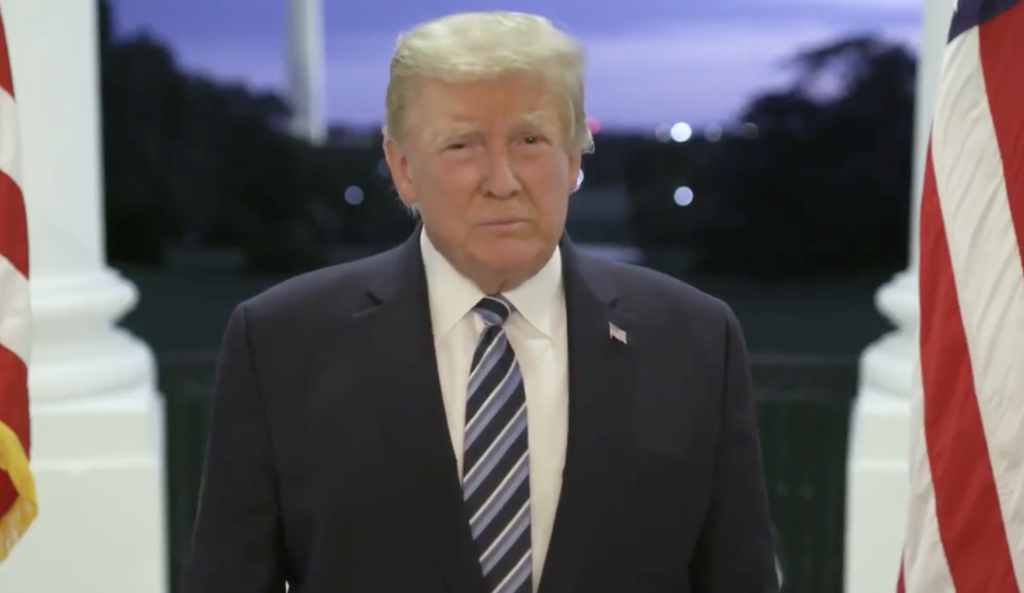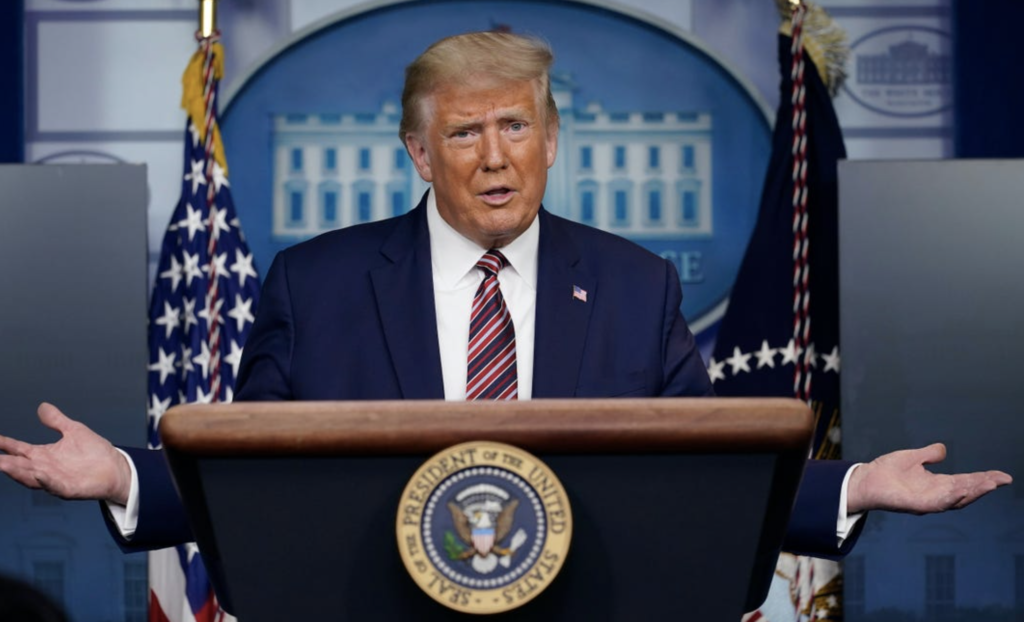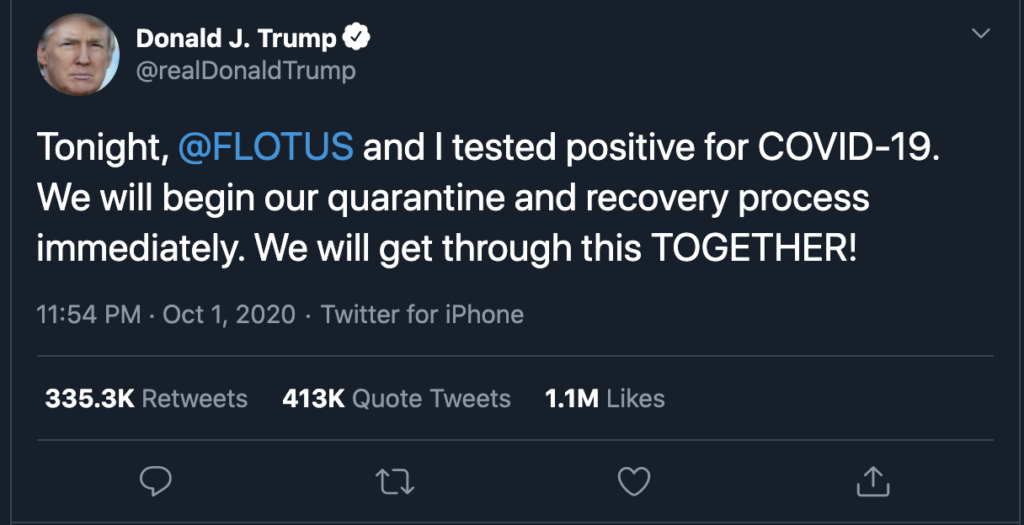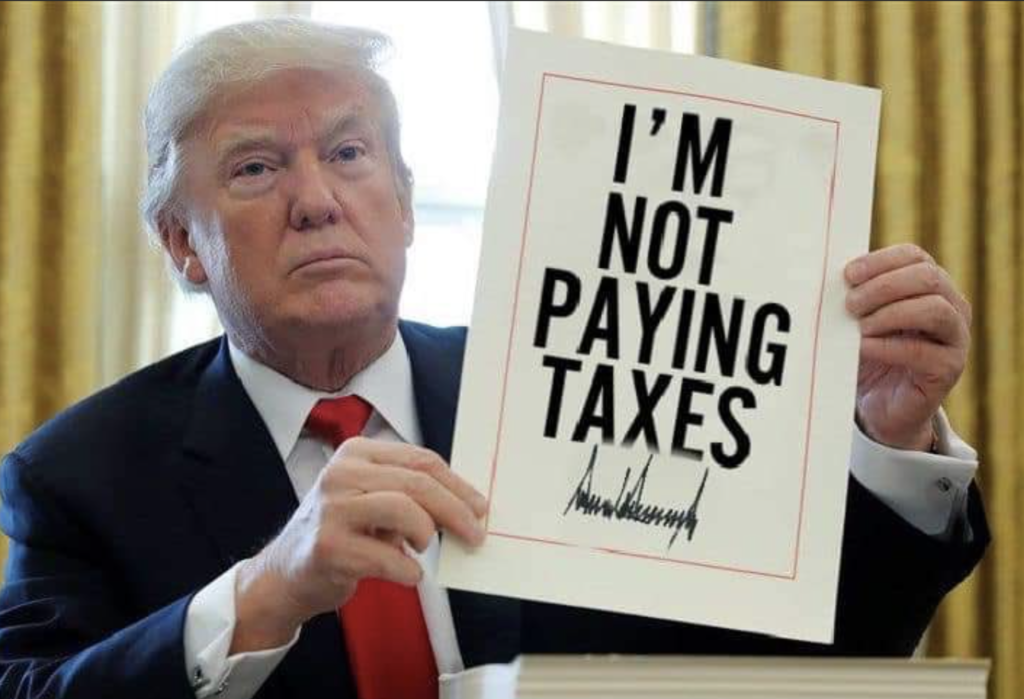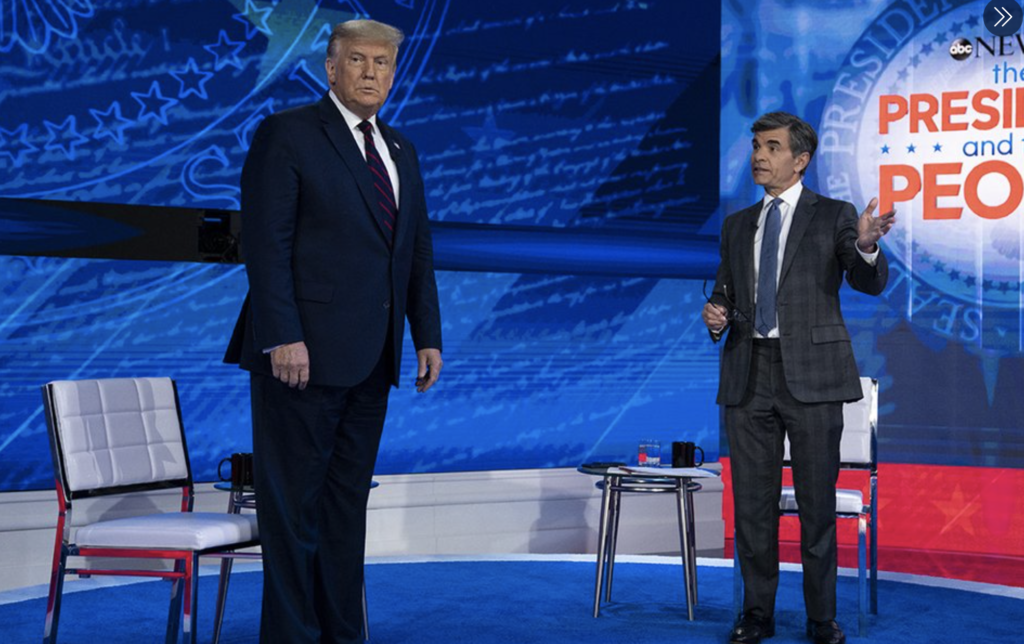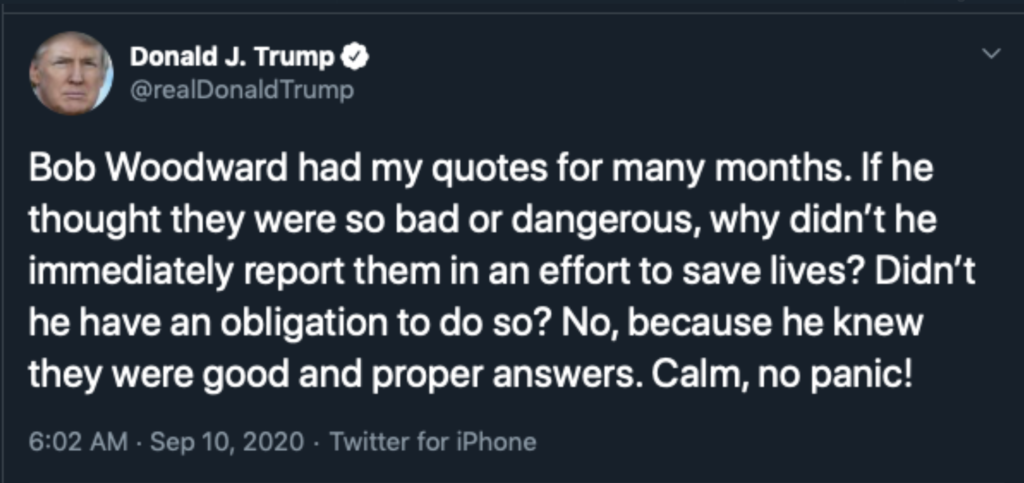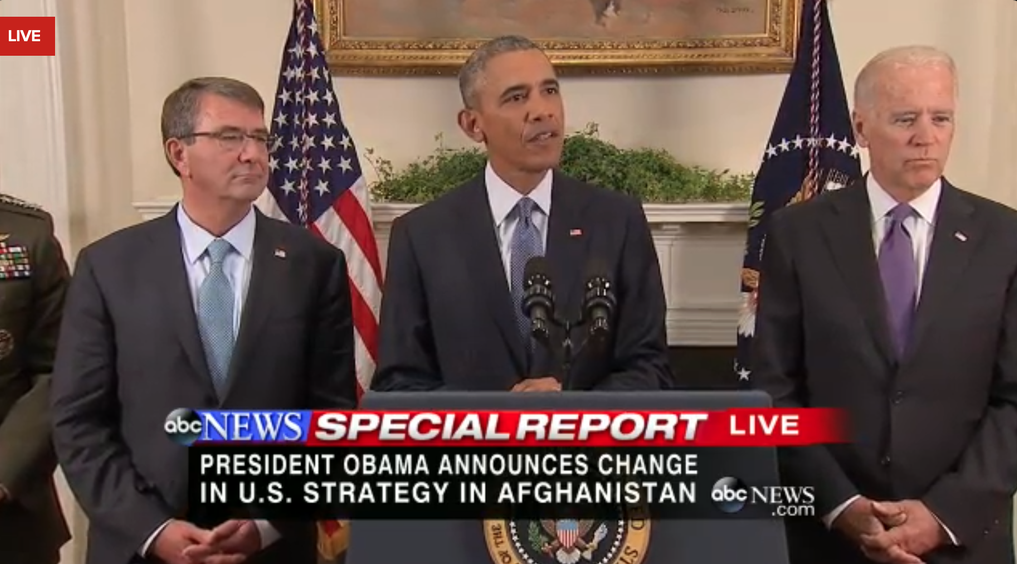Soldiers Staying in Afghanistan
15 Oct, 2015
In a reversal of policy on Afghanistan, President Barack Obama will slow the pace of withdrawing U.S. troops, prolonging the 14-year U.S. engagement there and effectively handing off the task of pulling out to his successor.
Obama was set to announce that the United States will maintain a force of 9,800 through most of 2016, senior administration officials said. Obama had previously aimed to withdraw all but a small U.S.-embassy based force in the capital, Kabul, before leaving office in January 2017.
Under the new plan, troops will be drawn down to 5,500 starting sometime in 2017 and based at four locations – Kabul, Bagram, Jalalabad and Kandahar.
Obama was scheduled to explain his decision in a public appearance at 11 a.m. ET, flanked by his Secretary of Defense Ash Carter and the Chairman of the Joint Chiefs of Staff, Joseph Dunford, the White House said.
Thursday’s move is the latest in a series of adjustments Obama has made to winding up the American presence in Afghanistan.
The decision follows months of deliberations between Obama, Afghanistan’s leaders, Pentagon officials, field commanders and White House advisers about how best to support Afghan forces, senior administration officials said.
It also comes amid gains by Taliban militants.
The U.S.-led coalition in Afghanistan ended its combat mission after 13 years of war at the end of 2014, and Afghan troops have since been in charge of the nation’s security, with help from U.S. and NATO troops.
But Afghan forces have struggled in assaults from Taliban militants, who briefly took over the northern city of Kunduz.
The U.S. troops will go on training and advising Afghan forces, and also will focus on ensuring that any remnants of al Qaeda are prevented from posing a threat to U.S. security, the U.S. officials said.
“Certainly we’re watching and seeing how the Afghan security forces engage quite tenaciously in the fight in Kunduz,” an official said.
U.S. military and administration officials have been discussing a slower timetable since the March visit to the White House of Afghan President Ashraf Ghani and Chief Executive Abdullah Abdullah, the officials said.
“The Afghan government is very comfortable with this commitment. They’ve been indicating a desire for this commitment for some time,” an official said.
Ghani has been more supportive of the U.S. presence than his predecessor, Hamid Karzai.
Keeping 5,500 troops at four locations will cost about $14.6 billion per year, up from the estimated cost of $10 billion to keep a consolidated force at the Kabul embassy, the official said.
NATO allies also have indicated some interest in sustaining their presence, the official said. There are more than 6,000 non-U.S. forces in Afghanistan as part of the “Resolute Support” mission.
Obama’s predecessor, George W. Bush, sent a U.S.-led force into Afghanistan soon after the Sept. 11, 2001, attacks on the United States, aiming to destroy al Qaeda and to oust the then-ruling Taliban that had sheltered the militant group.
Reuters
Image ABC News Screen Shot
Mentioned In This Post:

